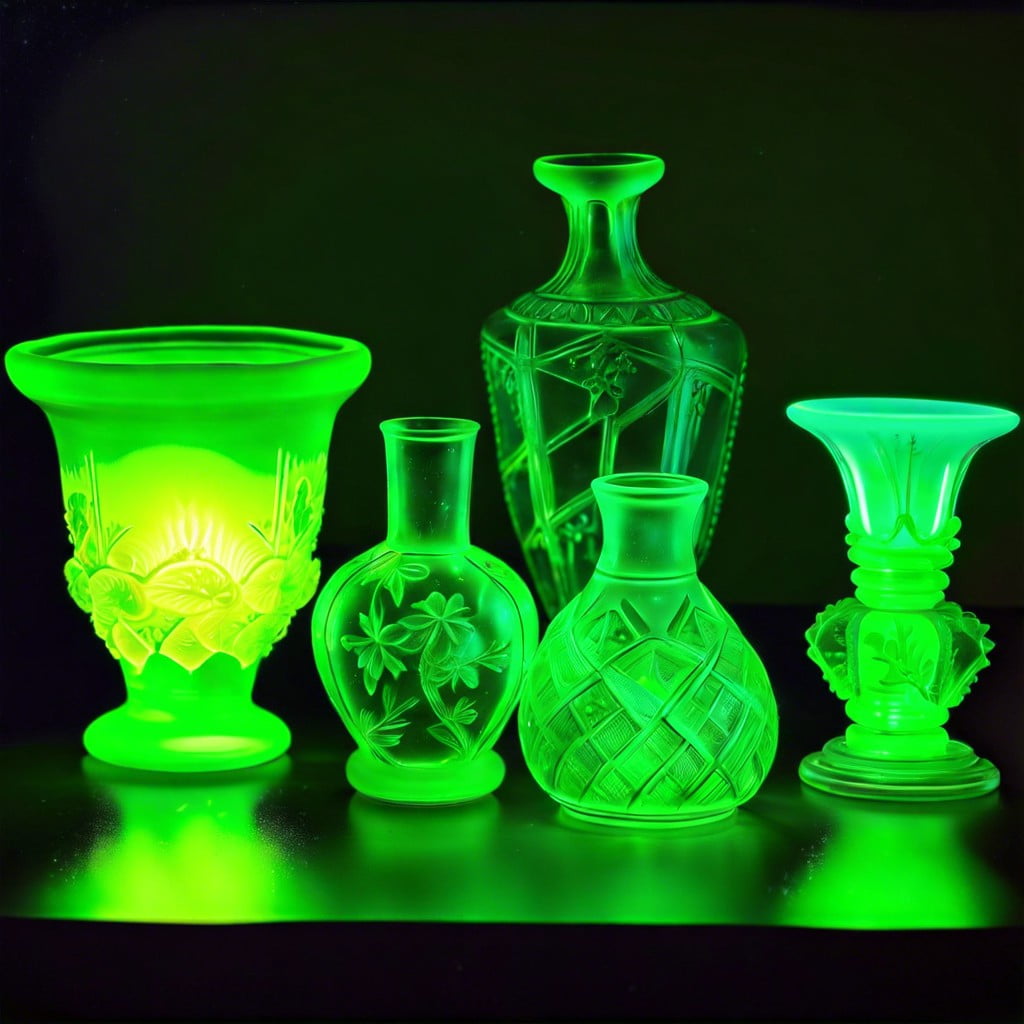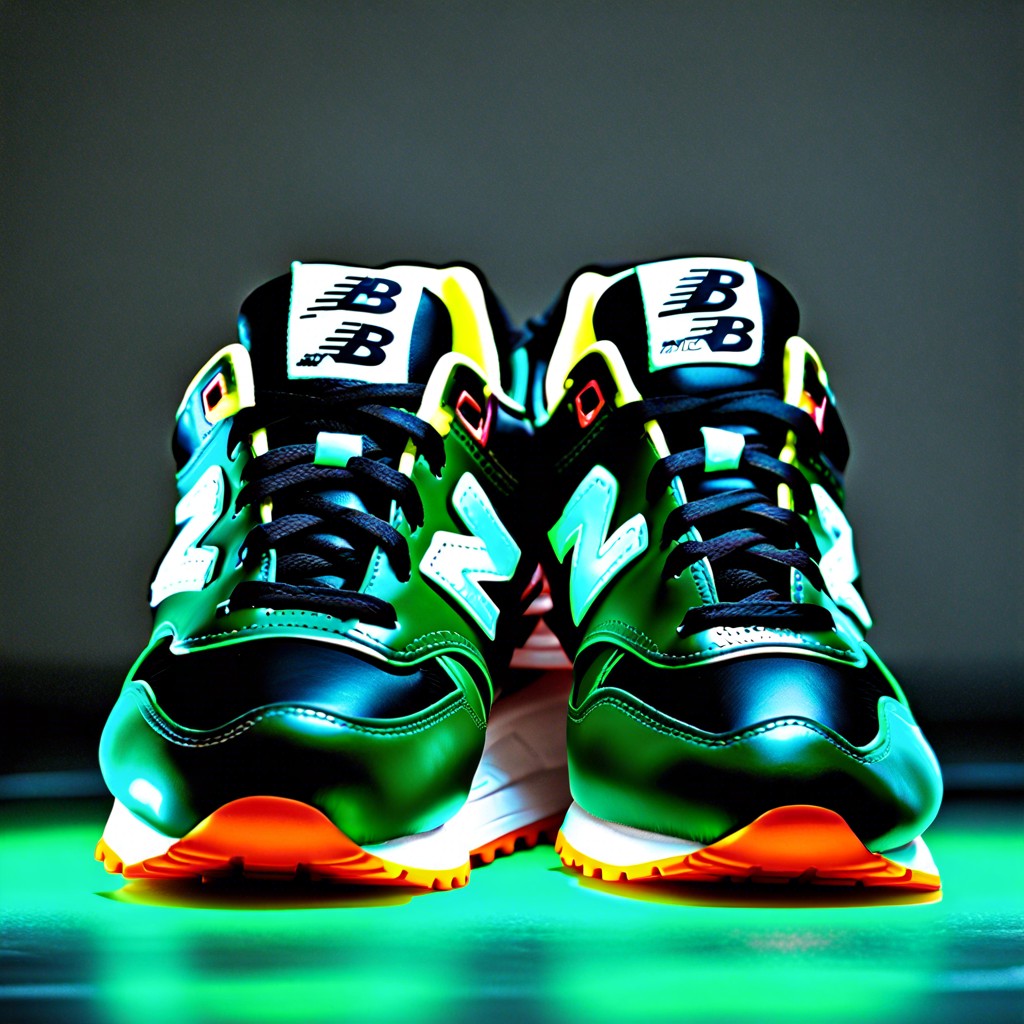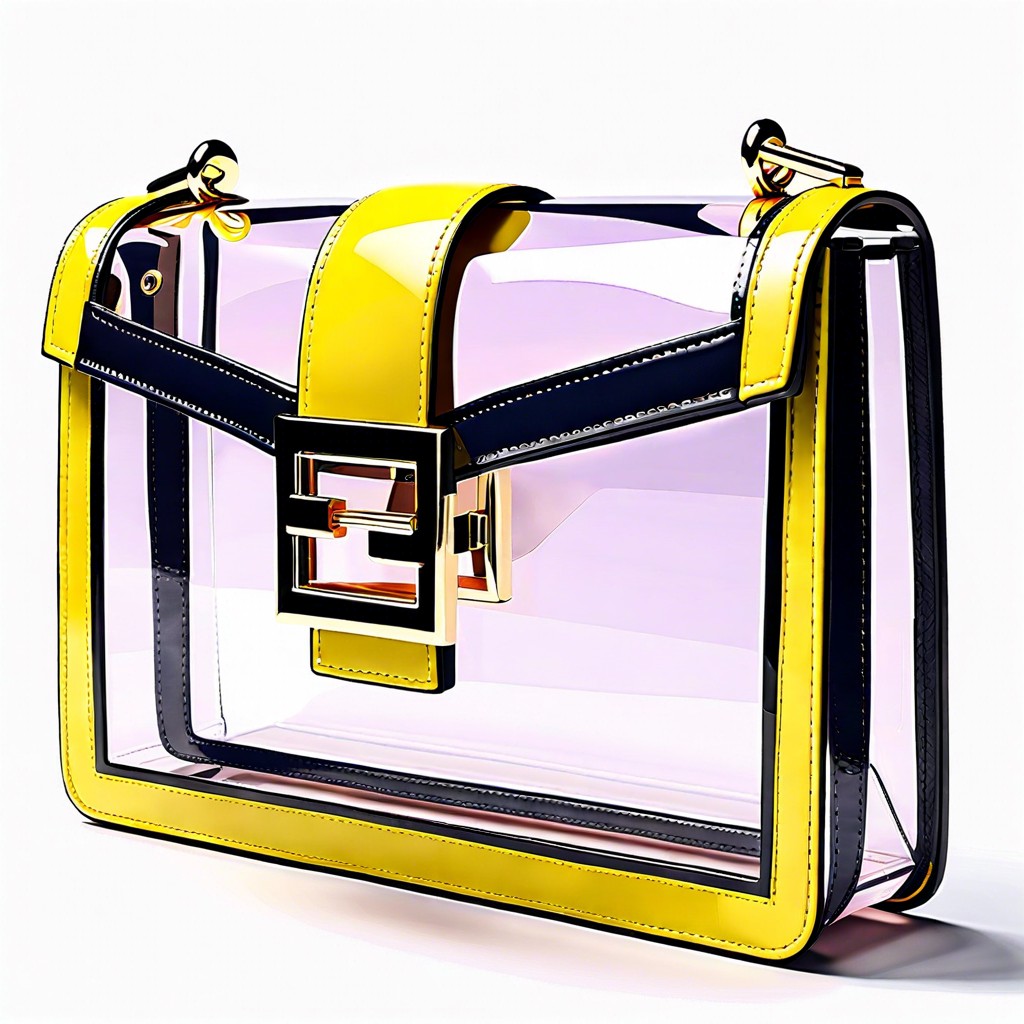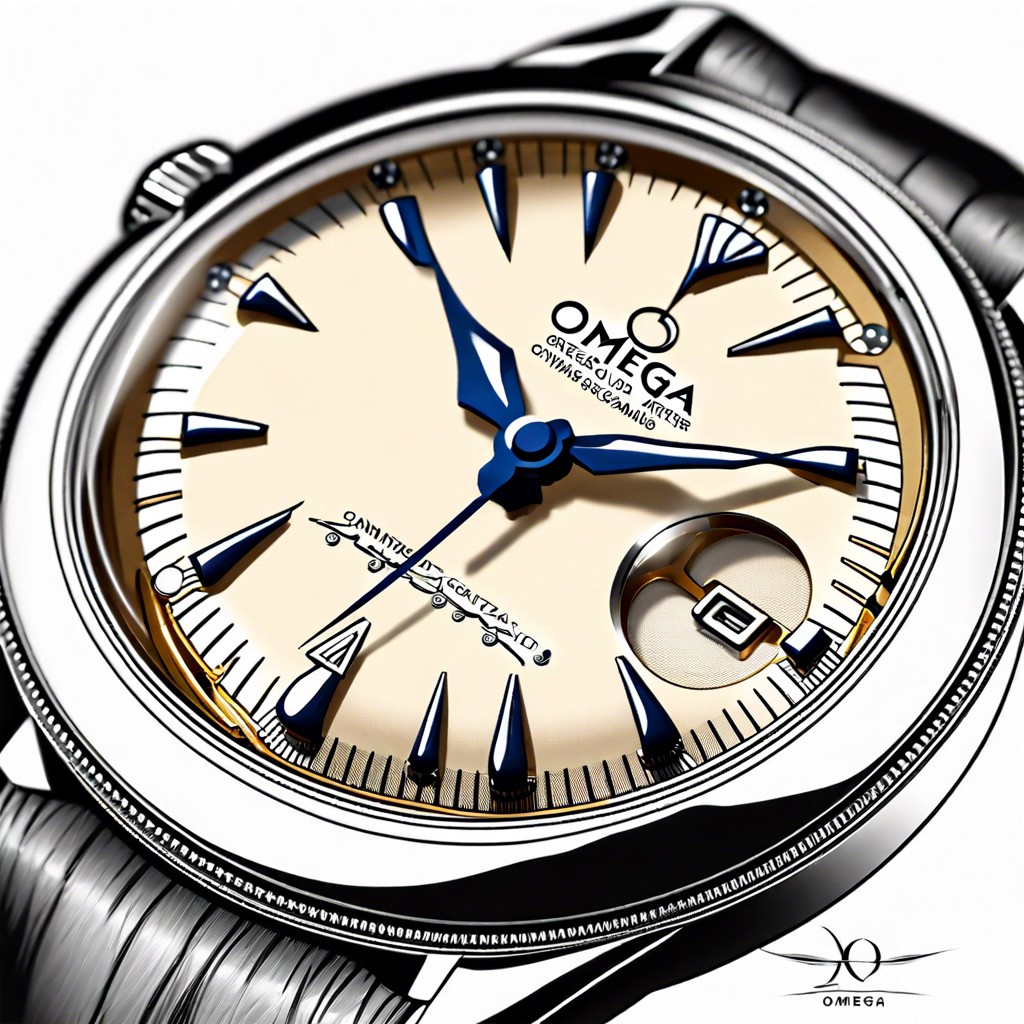Last updated on
Uranium glass, acclaimed for its unique glow under ultraviolet light, varies in price because factors such as age, condition, and rarity significantly influence its market value.
Key takeaways:
- Factors influencing uranium glass prices: age, condition, rarity.
- Color and glow impact valuation: vibrant green glow, unusual colors.
- Rarity and collectibility impact price: unique patterns, prestigious makers.
- Condition and quality affect value: chips, repairs, craftsmanship.
- Historical significance and provenance: documentation, maker’s marks, cultural importance.
Factors Influencing Uranium Glass Prices

The value of uranium glass can fluctuate considerably based on several determinants. The content of uranium, which imparts a characteristic fluorescent green hue under ultraviolet light, may significantly increase interest and thus value, especially among collectors seeking the most vibrant pieces.
Additionally, the age and maker of the glass are crucial; pieces from notable periods such as the Art Deco era or those crafted by renowned manufacturers like Vaseline often command higher premiums. Rarity also plays a pivotal role; unique patterns or shapes not commonly found can make certain items particularly sought after.
The condition is paramount, with any chips, cracks, or repairs diminishing value. Last but not least, pieces with historical documentation or from prestigious collections can see their prices surge following provenance verification. Each of these aspects must be considered to accurately assess the worth of a piece of uranium glass.
The Role of Color and Glow in Valuation

The vibrancy and intensity of the uranium-induced fluorescence can significantly influence a piece’s appeal and worth. Under ultraviolet light, pieces that exhibit a strong, bright green glow are often more desirable, potentially fetching higher prices.
Another aspect to consider is the coloration present in natural light, which ranges from yellowish to greenish hues. Glass with unusual colors or deeper shades, which may appear in varieties such as custard or Vaseline glass, typically commands higher values.
Moreover, the consistency of the color and the glow across the piece, without significant variation, is an indicator of quality and can increase its monetary value in the market.
Rarity and Collectibility Impact On Price
The scarcity of uranium glass pieces directly affects their market value, with rare designs and limited production runs generally commanding higher prices. Collectors often seek out unique patterns, discontinued series, and items from prestigious manufacturers, which tend to be priced at a premium. In contrast, common uranium glass items – those mass-produced or widely available – are typically more affordable.
A key factor in collectibility is the historical era of production. Glass from the Art Deco period, especially items dating from the 1920s through the 1930s, is particularly sought after due to its distinctive style and the period’s cultural significance. Furthermore, pieces from this era are often harder to come by, contributing to their allure among collectors.
It’s also important to note that some enthusiasts focus on specific applications of uranium glass, such as tableware or decorative objects, while others might prioritize unusual colors or pieces that exhibit a particularly vibrant fluorescence under ultraviolet light. Collectors often pay more for items that round out their collections or represent a rare find within their particular niche of interest.
Trade magazines, collector clubs, and auction results can be useful resources for assessing the rarity and demand for specific items. As interest in a particular type or style of uranium glass fluctuates, so too may its value, reflecting the ever-changing landscape of collectibility.
Condition and Quality of Uranium Glass
When assessing uranium glass, the condition directly impacts its value. Collectors should look for pieces free from chips, cracks, and significant scratches, as pristine items fetch higher prices. However, some signs of wear can be acceptable, particularly for very old or rare pieces where some historical wear indicates authenticity.
The quality of the glass also plays a crucial role. High-quality uranium glass typically exhibits a bright fluorescence under UV light, a smooth finish, and consistent coloration. Pieces with intricate designs or those made by recognized manufacturers often command a premium due to their craftsmanship.
Moreover, enthusiasts must watch out for repairs or alterations, which can significantly decrease the value. Professional restoration might maintain worth to some extent, but it is rarely as valuable as an unaltered original piece. It’s also worth noting that any remaining residue or dirt may diminish its glow, so keeping uranium glass clean can help in properly gauging its luminescence and thus its quality.
Historical Significance and Provenance
The origins and the backstory of a piece of uranium glass can significantly affect its value. Items with a well-documented history or that were produced by renowned manufacturers generally fetch higher prices. For instance, pieces made during the height of popularity in the late 19th and early 20th centuries may be more sought after than those from later production runs.
The following points elaborate on the significance of historical context and provenance:
- Period of Production: Uranium glass produced during the Art Nouveau or Art Deco periods is often more valuable due to its historical context and the popularity of those styles.
- Maker’s Mark: Pieces bearing the mark or signature of a recognized manufacturer or artisan can command higher prices.
- Association with Events or Figures: Uranium glass that has a connection to significant historical events or was once owned by notable figures can be more collectible.
- Documentation and Authenticity: Provenance that is well-documented through purchase records, historical references, or certificates of authenticity helps in confirming the piece’s origin, therefore, enhancing its value.
- Cultural Significance: Items that represent an important aspect of cultural heritage or craftsmanship from a particular region may be particularly prized by collectors.
These factors contribute to the narrative of each piece, inviting collectors to not only own an item but also a piece of history.
Market Demand for Uranium Glass
Market demand significantly shapes the pricing of uranium glass, much like other collectibles. The popularity of this distinctive glass has seen resurgence in recent years, fueled by a growing interest in vintage and antique items. Collectors and enthusiasts often seek out pieces for their unique glow under UV light, making the more striking examples more desirable.
Prices can fluctuate based on current trends in home decor and the use of these pieces in interior design. Social media platforms have also played a role in increasing awareness and interest, contributing to the demand. Festivals, antique fairs, and online communities where collectors gather can further stimulate the market, sometimes leading to spikes in prices for especially coveted pieces.
It’s crucial for sellers to stay informed about the current trends and for buyers to recognize that prices may vary depending on these shifting interests.
Price Ranges for Different Types of Uranium Glass
Uranium glass, also known as Vaseline glass due to its similar color to the petroleum jelly, varies widely in price. Simple, small pieces, like buttons or beads, may fetch under $10, whereas mid-sized items, such as standard Depression glass plates or cups, might range from $20 to $50. The price climbs significantly for larger or intricately designed pieces, such as ornate vases or serving dishes, potentially commanding $100 to several hundred dollars.
Collector’s items, like figurines or rare patterns, are particularly sought after and can command higher prices, often reaching into the multiple hundreds. Condition plays a key role; pieces without chips, cracks, or clarity loss through damage or wear are more valuable. The presence of original maker’s marks can also elevate an item’s worth.
Avid collectors and antique enthusiasts often scour for unique and high-quality pieces, driving up the prices for certain rare finds. Keep in mind that specific markets may experience trends affecting the availability and desirability of uranium glass, which, in turn, influence the price ranges. It is prudent to research recent sales of comparable items when trying to determine the value of a piece.
Online Auction Trends for Uranium Glass
Online marketplaces have significantly influenced collectible items, including uranium glass. With the rise of platforms like eBay and Etsy, potential buyers have greater access to a wide selection of pieces from around the world. The digital availability means that trends can be tracked in real-time, allowing for a dynamic picture of how prices fluctuate based on supply and demand.
Auction results often reflect the popularity of certain patterns or shapes, with rarer items fetching higher bids. The final hammer price can vary; common pieces might sell for as little as $10 to $20, while unique or large items can reach hundreds or occasionally even thousands of dollars.
For collectors, these trends offer insight into which items may appreciate in value. However, the online auction environment is also susceptible to quick changes, influenced by the buzz in collector communities or the discovery of new pieces.
Finally, it’s key to consider the influence of condition reports and seller reputacies on auction prices. Listings with detailed photographs and trustworthy seller histories tend to perform better, reassuring buyers of the item’s authenticity and condition.
Where to Buy and Sell Uranium Glass
Local Antique Shops and Flea Markets: Often host a variety of vintage items, including uranium glass. Physical inspection is possible, allowing buyers to assess quality and authenticity firsthand.
Online Marketplaces: eBay, Etsy, and Ruby Lane are popular platforms featuring extensive collections and accommodating various budgets. They provide a vast audience for sellers and a convenient shopping experience for buyers.
Auctions and Estate Sales: These can be treasure troves for unique and rare pieces of uranium glass. Bidders may find competitive prices, but should be aware of the buyer’s premium added to the final sale price.
Collectors’ Fairs and Glass Shows: These events cater to enthusiasts where buyers can meet experts and sellers can network with potential clients interested in specific types of collectibles.
Specialist Glass Dealers: Professionals with in-depth knowledge may offer appraisal services and access to premium pieces. However, prices might be higher due to the expertise provided.
Online Collectors’ Groups and Forums: Networks like the Uranium Glass Collectors Society provide a platform to buy, sell, and trade glass, while offering a community for advice and support.
Care and Maintenance: Effect On Uranium Glass Value
Proper care and maintenance are crucial in preserving both the aesthetic and monetary value of uranium glass. While durable, this type of glass requires certain precautions:
1. Avoid rough handling: Uranium glass can be brittle; handle pieces gently to prevent chips and cracks which can significantly reduce their value.
2. Minimize direct sunlight: Prolonged exposure to sunlight can cause the glass to fade, so display your pieces in shaded areas or cabinets.
3. Use appropriate cleaning methods: Dust gently with a soft cloth and, when necessary, hand wash with a mild detergent and warm water. Abrasive cleaners or dishwashers may leave scratches, diminishing the glass’s worth.
4. Store safely: If not on display, wrap the glass in acid-free tissue paper and store in a stable, temperature-controlled environment to avoid stress and potential damage.
5. Regular inspections: Perform routine checks for any signs of damage or wear that could affect value, addressing issues promptly with a professional conservator if needed.
By adhering to these guidelines, collectors can maintain the condition and value of their uranium glass pieces for future generations.




